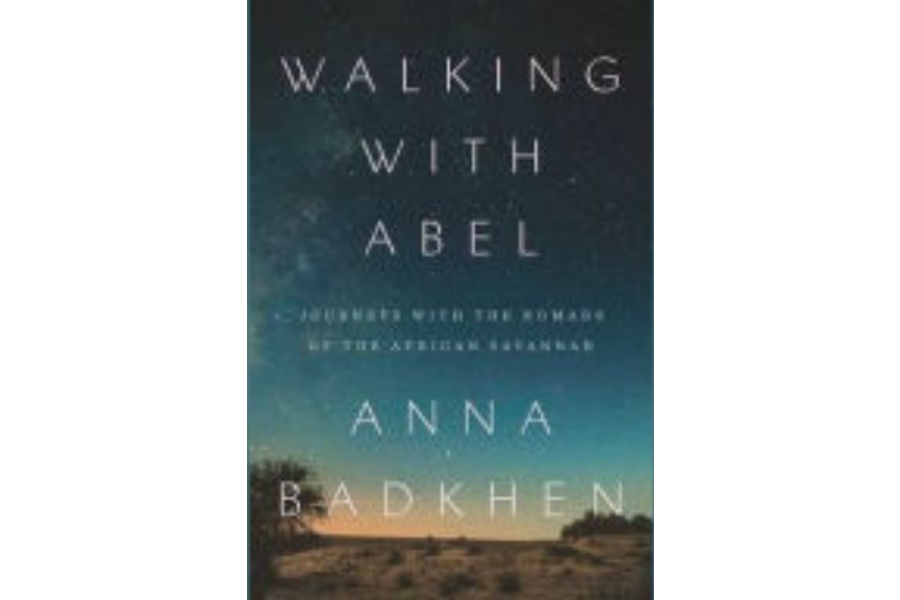'Walking with Abel' takes readers across the Sahara with grace and intimacy
Loading...
For those of us wrapped in the cocoons of Twitter, Facebook, and Internet news, the world can – oddly enough – seem like a very small place indeed. The same jokes and observations get recycled incessantly; the outrage of the day is propagated and dissected from every possible viewpoint; and we increasingly limit our circles to those who agree with us on politics, on religion, and on our philosophy of life in general.
It takes a book like Walking With Abel to break us out of those stifling confines and put us back in touch with a more expansive fellowship of humanity. In its pages, author Anna Badkhen documents her lengthy migration across a belt of savannah that stretches from the Atlantic to the Indian Ocean, alongside a group of Fulani – the cattle-herding nomads who roam the West African Sahel.
Badkhen's book ambles as the Fulani do, moving forward at a stately pace with a great sense of purpose concealed by a serene and stoic exterior. The narrative doesn't bounce so much as it smoothly rolls from topic to topic. Badkhen touches on ruminations on African history, the relations between the Fulani and the other ethnic groups who share their rather large corner of the world, the sometimes fickle camaraderie between men and cows, and the ever expanding encroachment of the modern world on an ancient way of life.
Badkhen's rich and lucid prose illustrates her journey as vividly as might a series of photographs:
"Ousman walked fast through a land cupped in sifted golden light, a land doubly illuminated: from without, by a sun made soft by flaky cirrus clouds, and from within, by yellow trampled straw. Fifteen minutes west of the camp he spotted the contour of his father's cattle in a fallow millet field, a swelling bunting that rose out of the ground in overlapping layers of powdered clay and legs and bodies and projected skyward in the curved tapers of horns."
Her writing is powerful, the level of detail intense without being cluttered or overwhelming. She observes and documents personalities and relationships, animals and seasons, and her own experiences in a foreign land with a great deal of thought and care. She has two great tasks and she tackles them both with aplomb. The first is to capture the Fulani as they are, faithfully tracking their lives and deaths, their family feuds and dreams, their problems and their romances.
The second is to capture the way the nomads' lives are changing with the onset of global warming (a phenomenon observed in careful detail by these seriously meticulous weather-watchers), the rise of the nation-state (with its ID cards and borders and elections and taxes), and the spread of guns in a place where even cattle rustling was once done with a minimal amount of bloodshed.
Many of these changes can be tracked through the lives and deaths of the Fulani cattle. Throughout the pages of the book, we watch as the cattle are stolen by outsiders and family members alike, become unhealthy and are slaughtered for meat (one of the rare occasions that cattle are eaten by these nomads, who generally raise them for milk alone). They are also sold for money to buy modern conveniences in growing cities and so we watch the once prosperous herds grow feeble and thin. Without an excess of sentiment, Badkhen shows the cows and their status changing in ways that reflect the changes transforming the world around them.
For Badkhen, known to her Fulani companions as "Ana Bâ," these shifts are not merely academically interesting – they're a tragedy unfolding around her as she walks with a people who have become, by the end of her journey, a surrogate family. If she is overly empathetic and connected to the Fulani, readers will be apt to forgive her. Her subjects and their threatened way of life will be a surprise to almost everyone who picks this volume up.
But by the time readers put the book down, they will have done something remarkable: visited a mostly inhospitable but eminently seductive locale alongside a storyteller able to render the strange and different both familiar and engrossing. "Walking With Abel" not only takes us somewhere new, it viscerally reminds us that such places still exist in the world.






